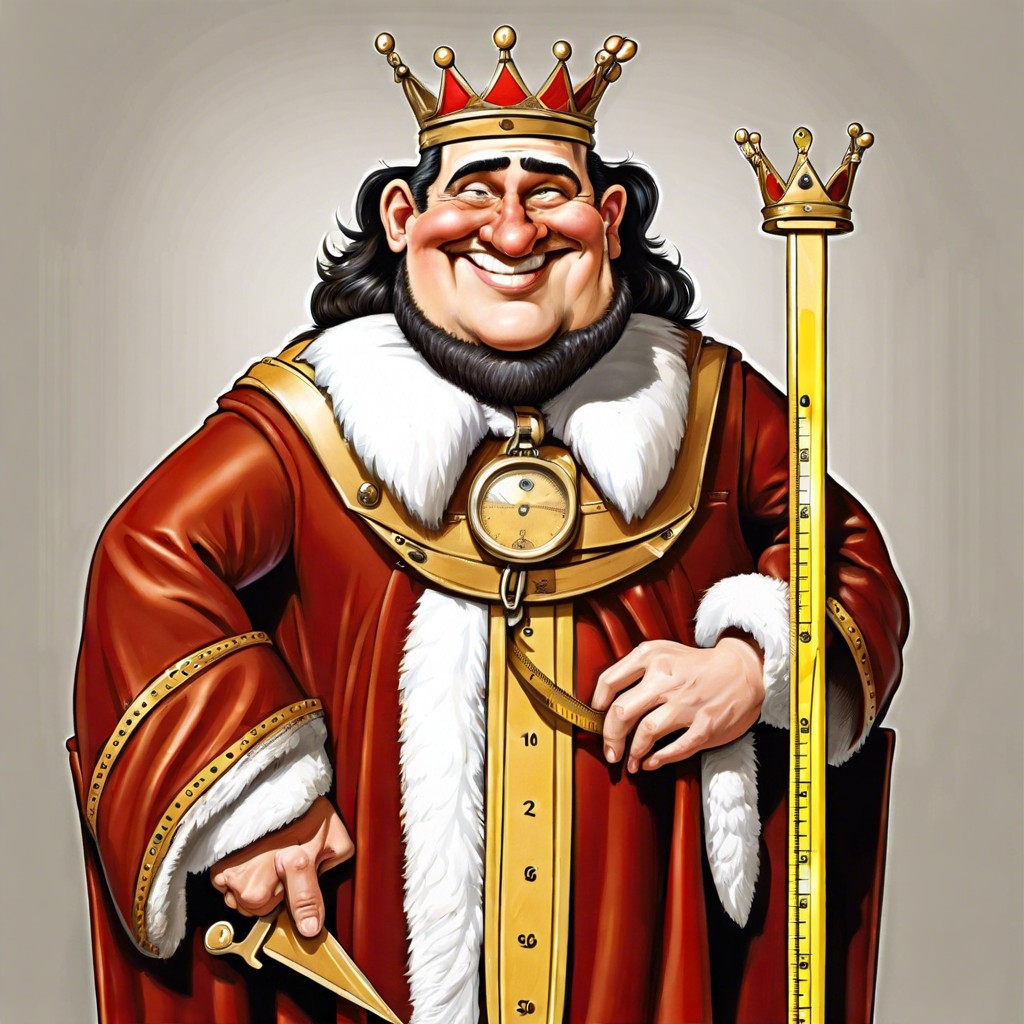Last updated on
This article will clarify the appropriate size range for various belongings and spaces commonly associated with 14-year-olds.
Key takeaways:
- Each teenager develops at their own pace
- Genetics and hormones influence penis size during adolescence
- Environmental factors can also impact physical growth
- Promote positive body image and self-esteem during puberty
- Focus on personal qualities and achievements, not just physical attributes
Understanding Normal Growth and Development in Teenagers
Teenage years are marked by rapid physical changes, including growth spurts and hormonal fluctuations. The onset of puberty typically starts between ages 9 to 14 for boys, signaling the beginning of their sexual development. During this period, the body undergoes several changes such as increase in height, voice deepening, and development of facial and pubic hair.
The growth of the penis is also part of these changes, and it continues to develop throughout puberty. This enlargement happens progressively and at varying speeds for each individual, making comparison with others less meaningful. Genetics play a primary role in determining the size, which means it predominantly follows a pattern similar to that of close relatives.
It’s important to recognize that each teenager is unique and develops at their own pace. Inevitably, not all boys grow at the same rate, nor do they reach developmental milestones at the exact same time. Encouraging a patient and understanding viewpoint towards these changes is crucial. This helps in building a healthy attitude towards the body and its natural development process.
Factors That Influence Penis Size During Adolescence
Genetic factors play a pivotal role, as a teenager’s physical traits are largely derived from their parents. Hormonal activity, especially testosterone levels, impacts growth during puberty, including the development of genitalia. General health and nutrition also contribute significantly; a well-balanced diet supports healthy growth.
Environmental influences, although less directly impactful, can affect endocrine functions and, subsequently, development. Psychological stress may influence hormone levels, thereby potentially affecting physical growth patterns, including penis size.
Lastly, the timing of puberty varies widely. Some boys start puberty as early as 9, while others may begin in their late teens. This variation means penis size can differ significantly among peers, which is entirely normal.
Promoting Positive Body Image and Self-Esteem
Fostering a healthy body image and robust self-esteem is crucial as teenagers navigate through the changes that come with puberty. By emphasizing that every individual develops at their own pace and that variations in body size, including penis size, are entirely normal, teenagers can be encouraged to focus on their unique qualities and strengths.
Educators and parents should actively discuss the broad spectrum of normal human development. Highlighting the fact that physical attributes are just one part of a much larger personal identity can mitigate the fixation on body measurements. Instead, teens should be encouraged to appreciate their talents, skills, and character.
It’s also beneficial to connect teens with positive role models and mentors who exemplify healthy self-esteem and body acceptance. Additionally, limiting exposure to unrealistic media portrayals of “ideal” bodies can reduce unnecessary comparisons and reinforce the understanding that real bodies are diverse.
Engaging in conversations about the media’s often distorted representation of male bodies can further bolster an adolescent’s resilience against harmful stereotypes. Providing a supportive environment where open conversations about body image issues are encouraged can help instigate self-acceptance and respect for diversity among body types.
In summary, nurturing a teenager’s self-esteem involves highlighting personal achievements and inner qualities, providing positive role models, reducing exposure to unattainable body ideals, and encouraging supportive, open dialogues about body image and self-value.




